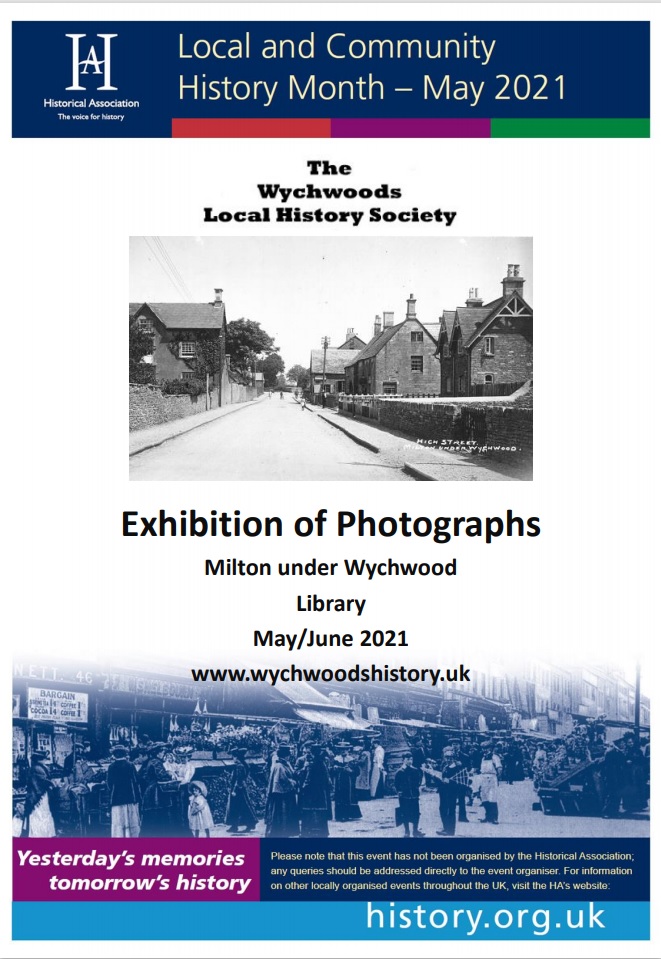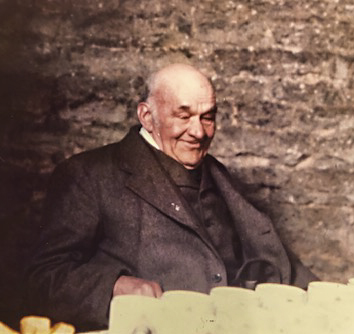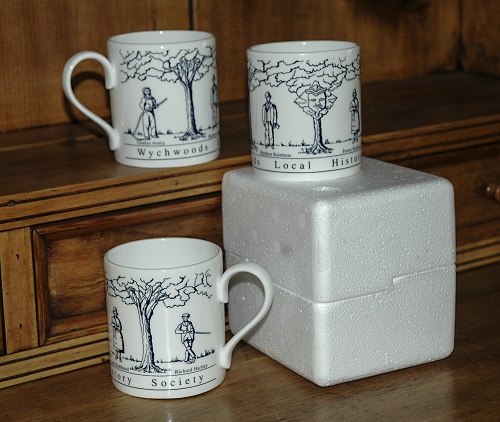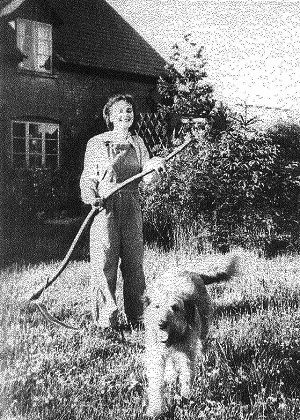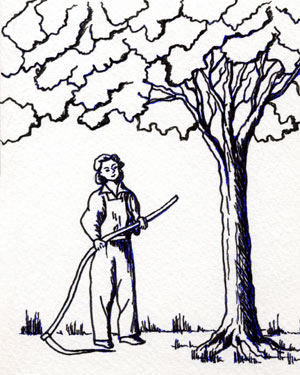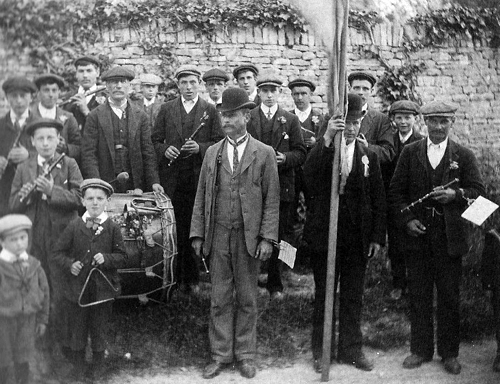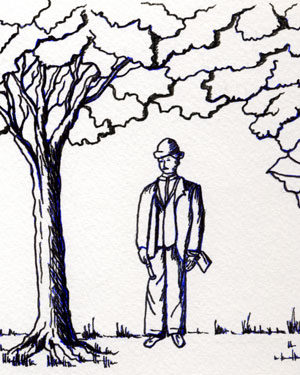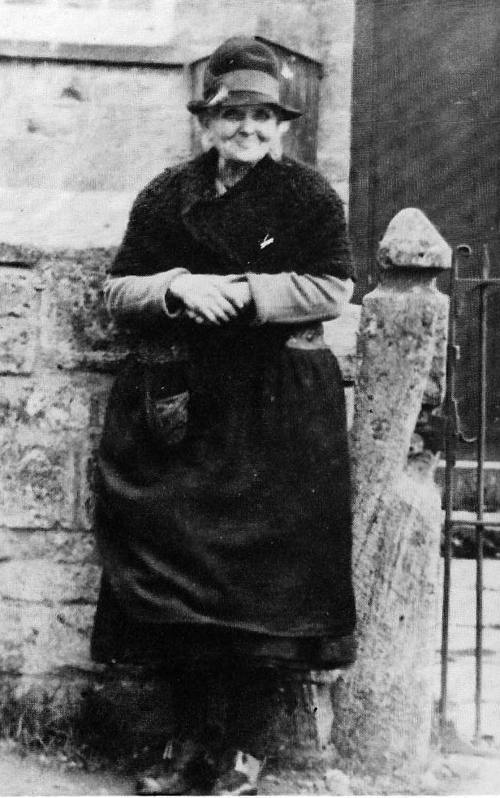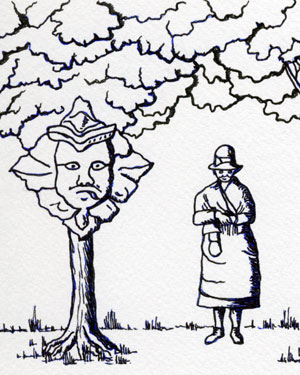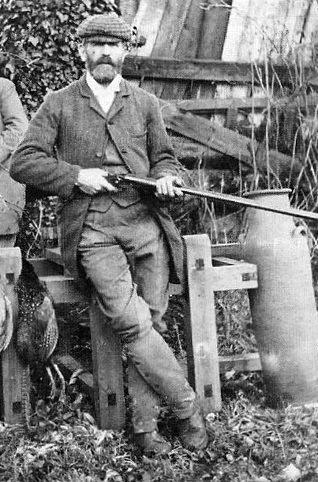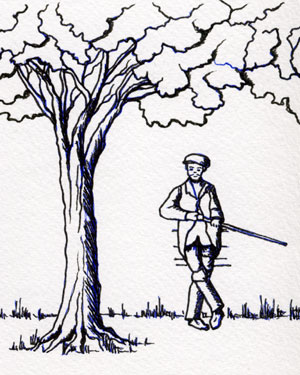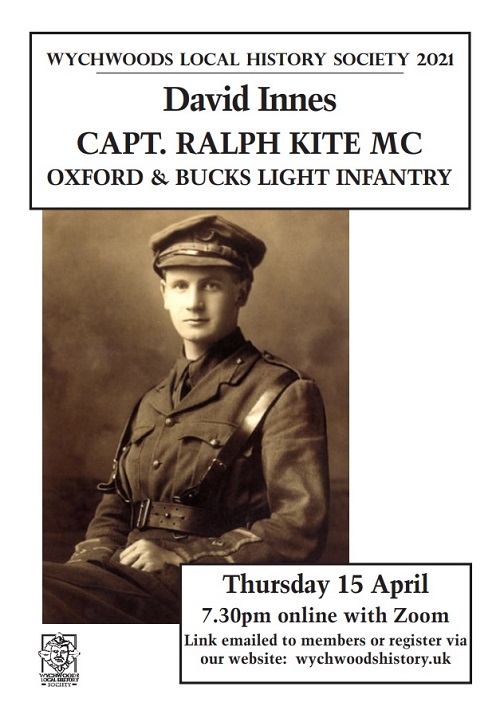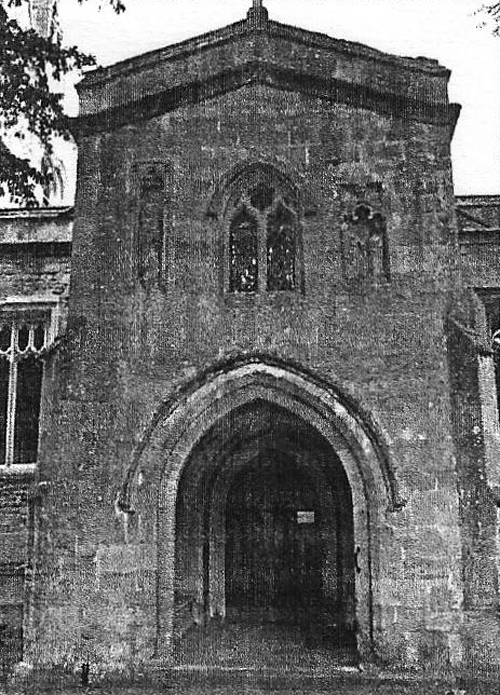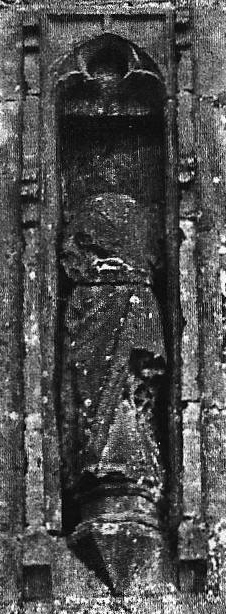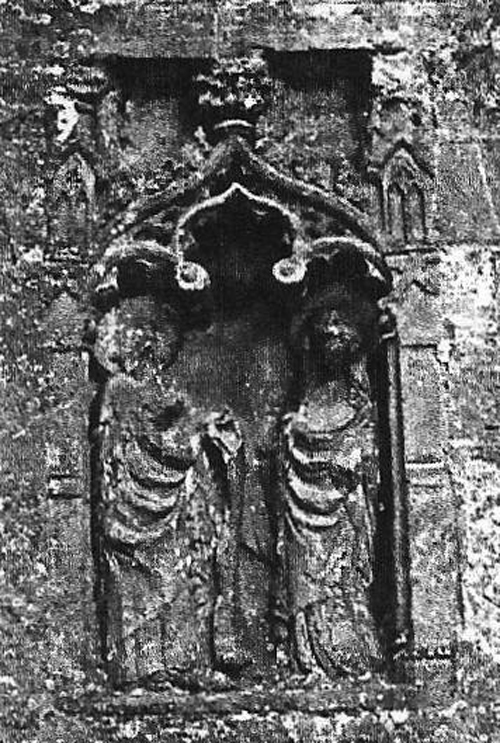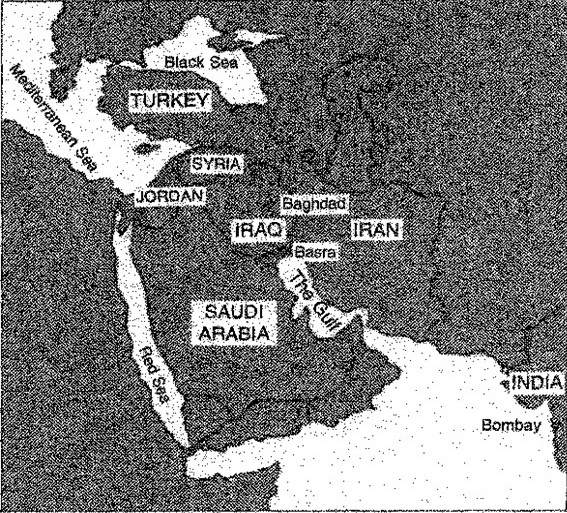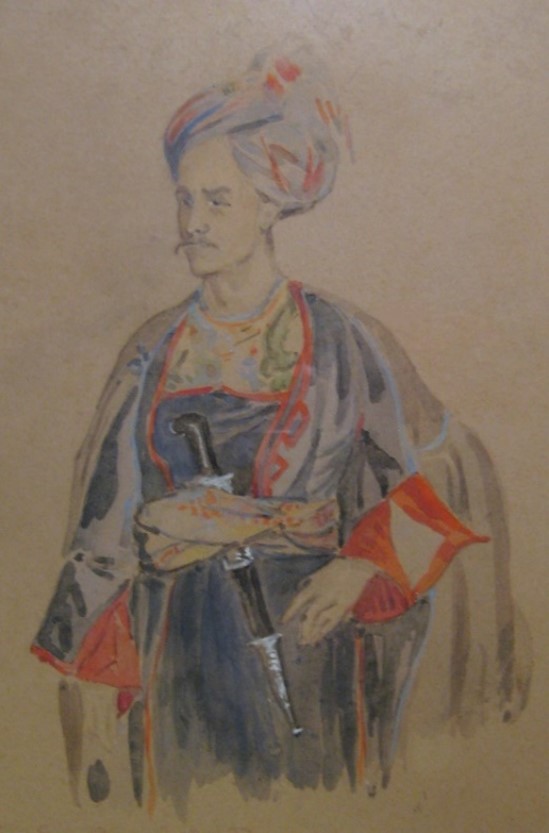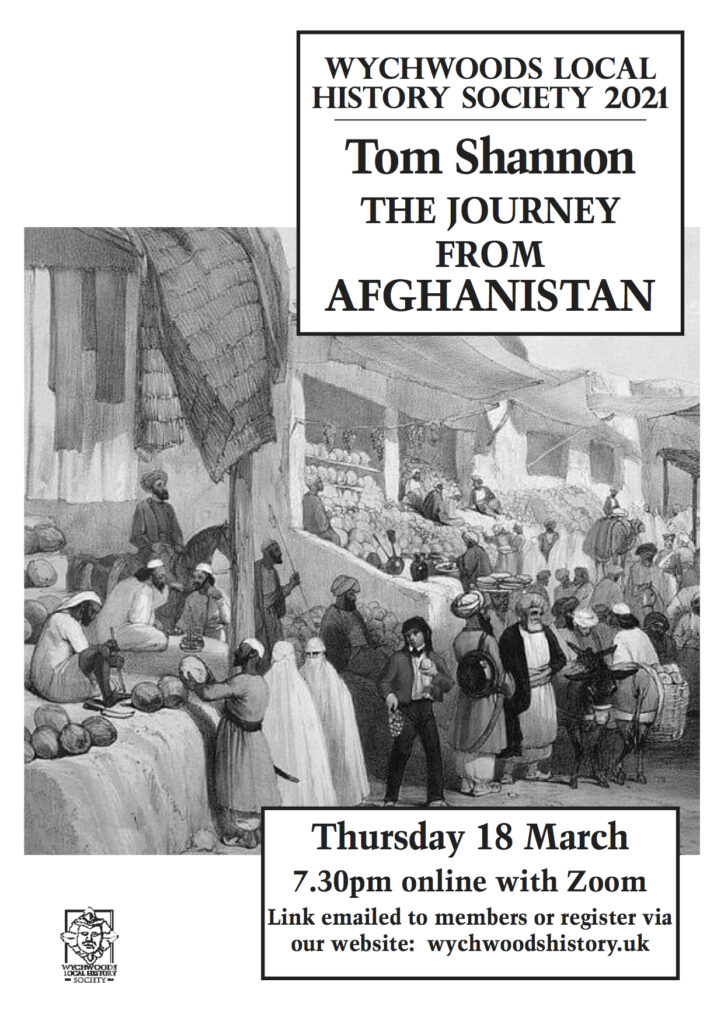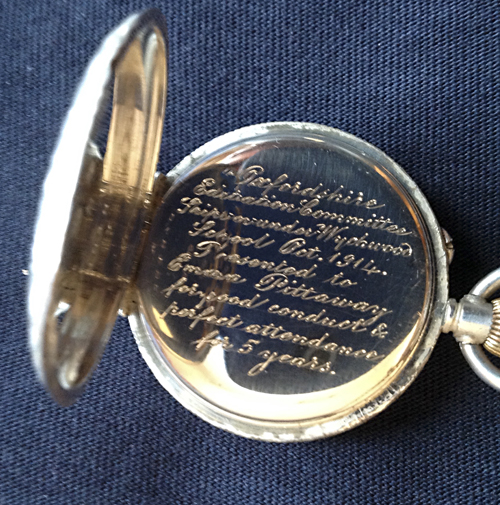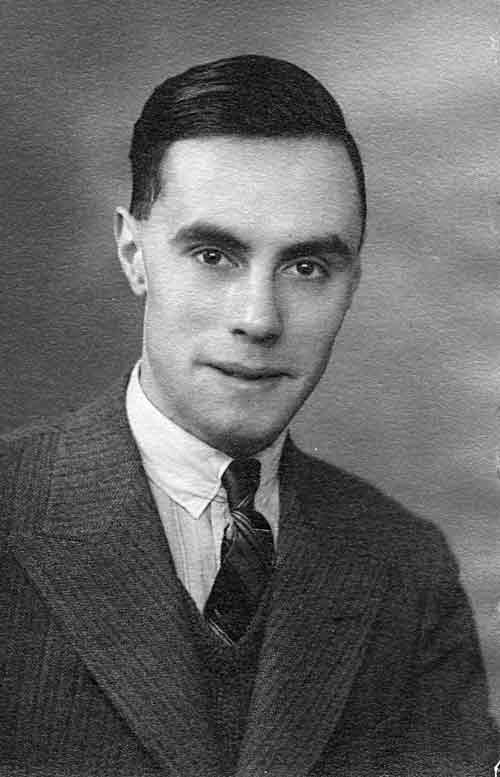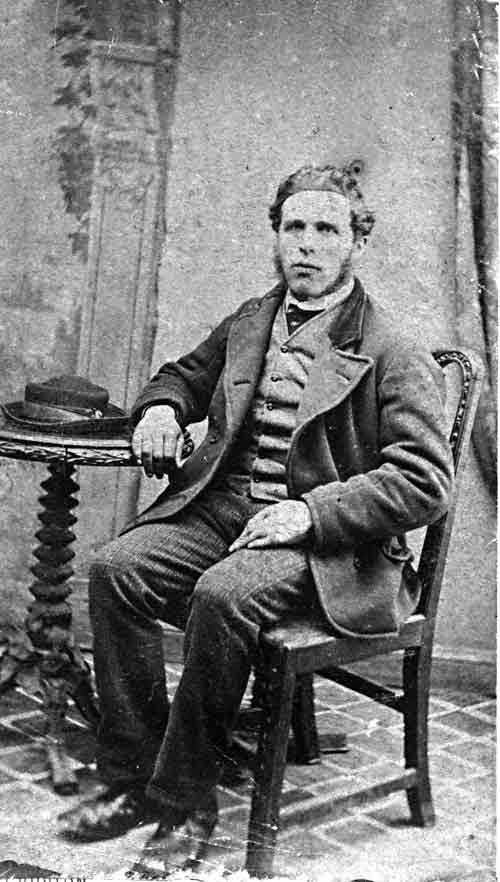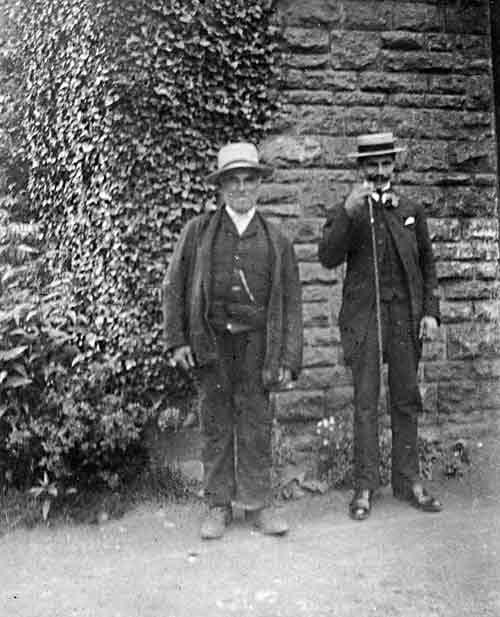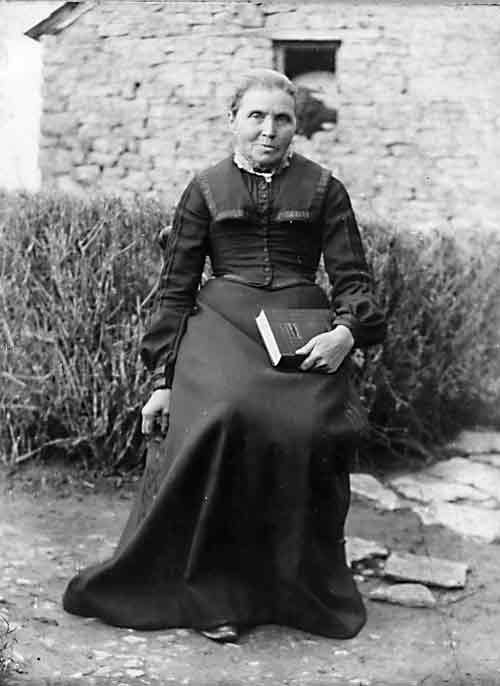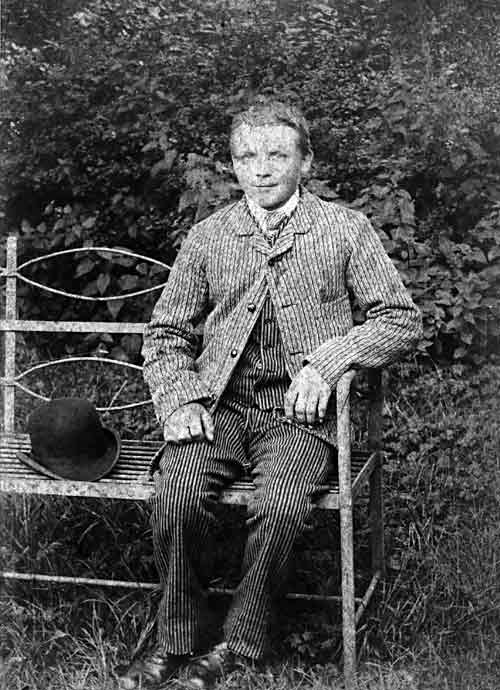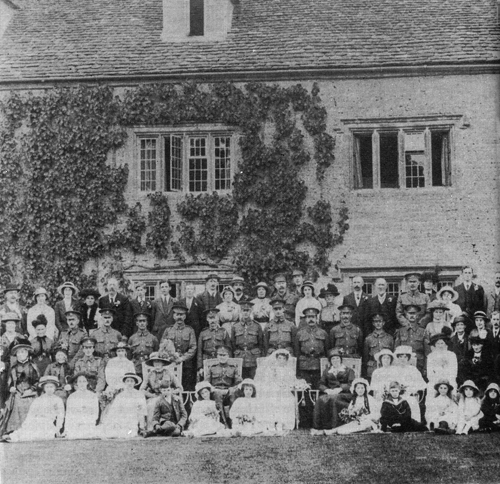The society’s final talk of the season was by Carol Anderson, who is a County Museums Officer in Oxfordshire’s County Council Cultural Service. Her talk on glove making in the west of Oxfordshire was attended by over 50 participants, the numbers including guests from the Charlbury History group.
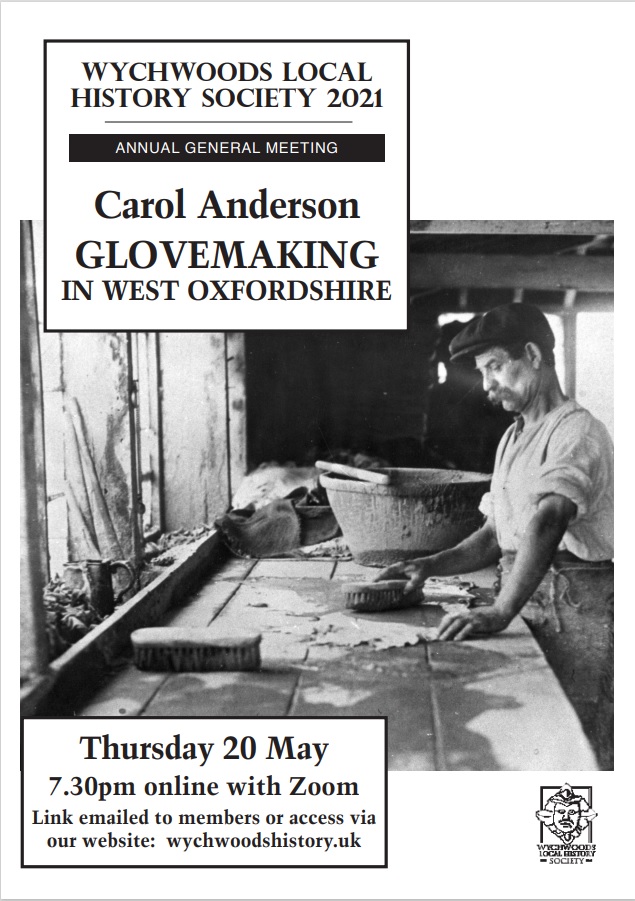
Carol’s talk began with a reminder that gloves of all descriptions and functions have been with us throughout history. Silk gloves were found in the pyramids of ancient Egypt. They have been found in military tomb effigies and were a feature of medieval jousting and courtly life. Gloves have had diverse functions during the ages, from acting as statements of wealth and high fashion (especially for example in Elizabethan times) through to the obvious function of hand protection for hard labour.
Carol focused on the heyday of glove production in our region, which developed gradually from the 13th Century where production was developing strongly in London, Worcester, and Oxford. Early manufacture of leather gloves was a major activity in Woodstock in the early 15th century and well established in the whole region a century later, drawing on the deerskins in abundance in the Wychwood forest and of course drawing also on the burgeoning sheepskin and wool production of the Cotswolds.
During the Napoleonic Wars, production of gloves for military use was protected by tariffs and taxes on imports, but by the 1820/30s these regulations started to change and the story of supply became more complex. Imports from Europe, mainly France stared to affect home production. However, by the mid-19th Century things improved once again, and these years and into the 20th Century were the real heyday for production in the west Oxfordshire region.
It was surprising to many of us that the scale of the activity around glove making was as large as it was in these years, when the fortunes of the industry revived. Carol presented a map of the area with graphics to show the percentages of the female population in each village employed as home workers. Every village was represented in some way, including Leafield and Wootton as worthy of mention. We learned for example that 75% of the women in Stonesfield were home based “Gloveresses” working around family commitments and supporting the household budget, especially during times of hardship caused by changes in work patterns in agriculture.
We learned about the process of manufacture, divided squarely between the heavy “men’s work” and the more delicate tasks carried out by women folk. Men worked in factories as tanners, cutters, dyers and sorters. Many of these roles required a long apprenticeship of up to 5 years. Charlbury and Woodstock were important centres for this activity.
In the second half of the 19th century with the development of the railways, more organised factory patterns of activity were emerging. By 1852 for example we learned that projects in Charlbury had a thousand people engaged in the trade. In passing we learned half of the Ascott Martyrs women were “Gloveresses”. And into the 20th Century with growing external investment and the development of machinery, the work of the women became more and more focussed into factories. A more centralised logistics for production and distribution had emerged.
The arrival of World War Two and the social changes afterwards spelt the beginning of a decline in the industry which had sadly disappeared completely by 1980. Wartime requisition of factories for armament efforts did not help. Neither did cheap imports from Italy (as an example) help the industry. The reduced interest in gloves as a fashion statement or “Sunday best” at a time of declining church attendance for example, and even the impact of the improvements in motor vehicles which obviated the need for driving gloves to combat the cold, was chipping away at the market. The writing was clearly on the wall when the famous manufacturer Dents employed local skills to set up a factory in Malta.
This was an entertaining and wide-ranging survey of an important part of local social history, and was well received by an enthusiastic audience, with many questions raised in the discussion afterwards.

